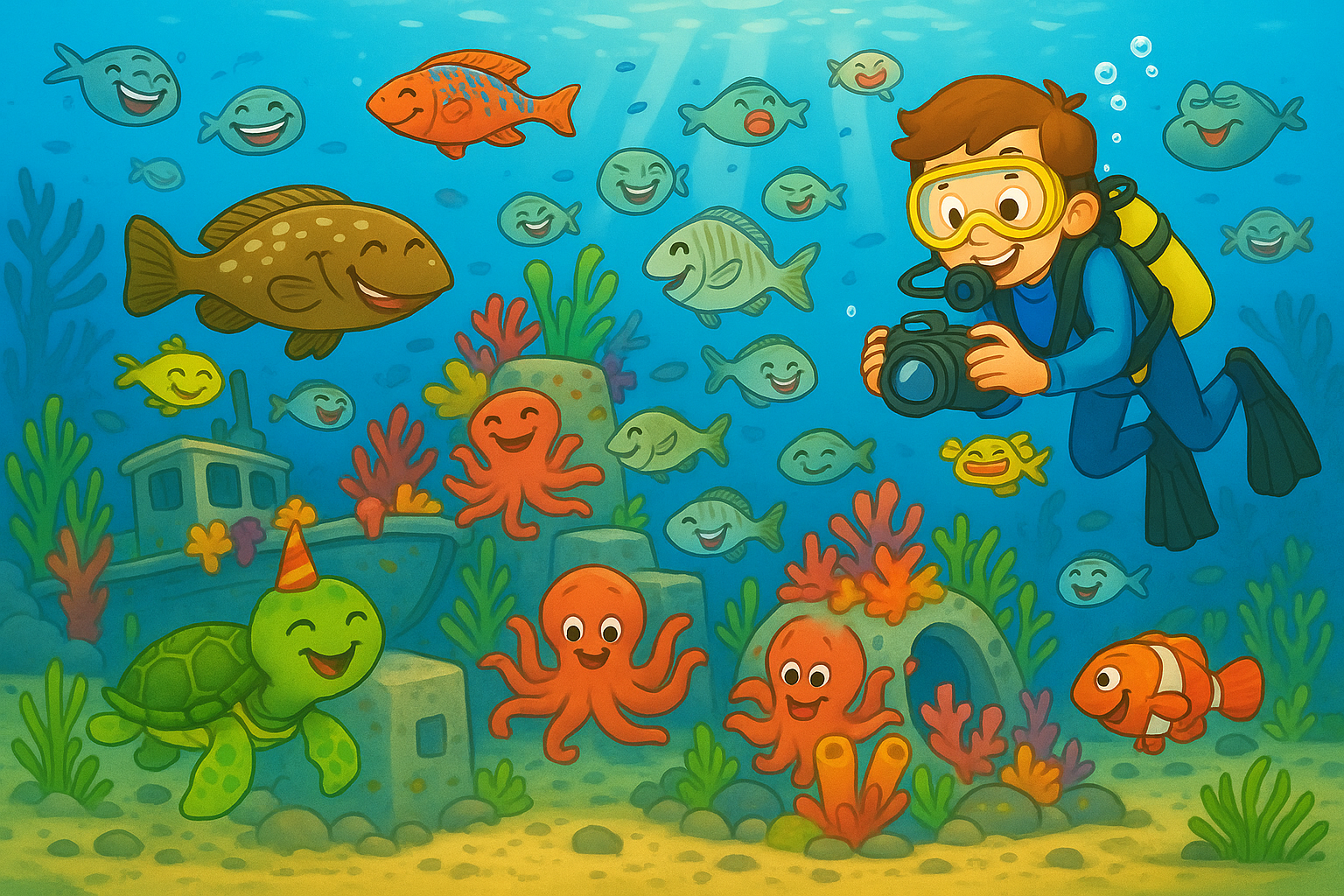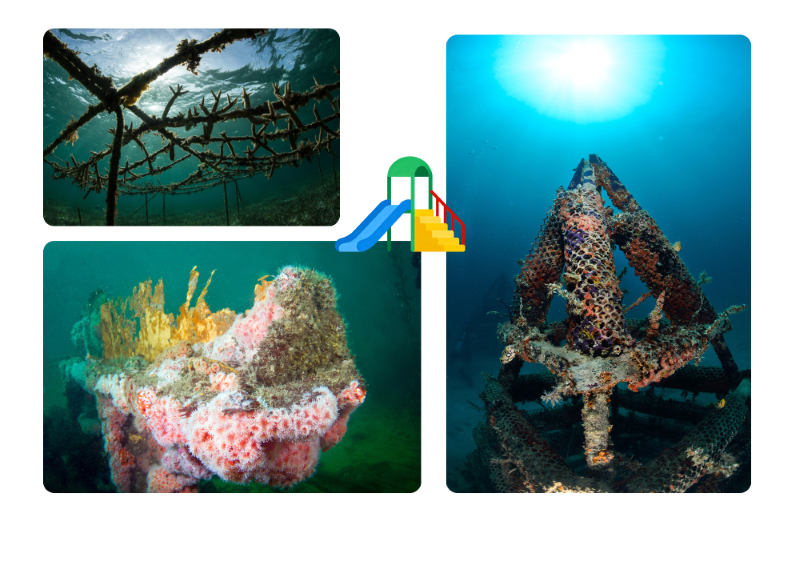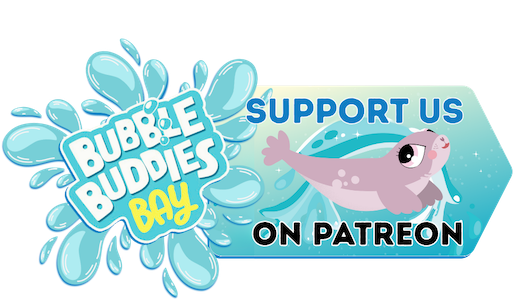The Wave Reports

🪸The Underwater Playgrounds!🐬
by Sofia Giakoumi
Artificial reefs [1] are like special underwater playgrounds that people build to help sea life. They are gently placed on the seabed and act as new “homes” where fish can hide, play and find food, just like in natural reefs.
 As soon as these new structures touch the ocean floor, tiny sea creatures start to explore them. Bit by bit, the empty shapes turn into lively ocean neighbourhoods full of colour and movement. This helps the sea come alive again, especially in places where the seabed was once bare and quiet.
As soon as these new structures touch the ocean floor, tiny sea creatures start to explore them. Bit by bit, the empty shapes turn into lively ocean neighbourhoods full of colour and movement. This helps the sea come alive again, especially in places where the seabed was once bare and quiet.
In places such as the Stalis Reef Dive Park in Crete [2], these ocean playgrounds come to life very quickly. After only a month or two, curious fish like groupers, breams and wrasses arrive to check out their new homes. Sponges, anemones and other small sea creatures soon move in too, decorating the reefs with bright shapes and colours. These busy underwater communities help keep the ocean healthy and give divers magical worlds to explore. [3]
 Across the wide blue Mediterranean Sea, people have been building many of these new sea homes over the years. But it is not just about dropping blocks into the water and waiting for life to appear. Countries also need to take care of these reefs, checking what grows there and making sure the new homes stay safe and healthy for sea creatures.
Across the wide blue Mediterranean Sea, people have been building many of these new sea homes over the years. But it is not just about dropping blocks into the water and waiting for life to appear. Countries also need to take care of these reefs, checking what grows there and making sure the new homes stay safe and healthy for sea creatures.
Notes
[1] An artificial reef is a human-made underwater structure, typically built for the purpose of increasing marine life.
[2] Discover Crete’s underwater treasures: The Stalis Reef Dive Park
[3] Installation of artificial reefs at the Stalis diving park
Fun Fact
Artificial reefs can be made from many surprising materials, such as old ships, train carriages and big concrete blocks. Once they are safely cleaned and placed underwater, sea creatures turn them into colourful new homes. Nature is the best decorator in town!
Mini Activity – Build Your Own Reef!
Find a shallow bowl or tray and fill it with a bit of sand or small pebbles. Add shells, clean stones, or small pieces of driftwood to make your own “reef”. Pour in some water and imagine tiny sea creatures moving in!
Then ask yourself:
• Which shapes make the best hiding places?
• Which ones would help seaweed or corals grow?
That’s how marine scientists plan real reefs, by thinking like fish!

